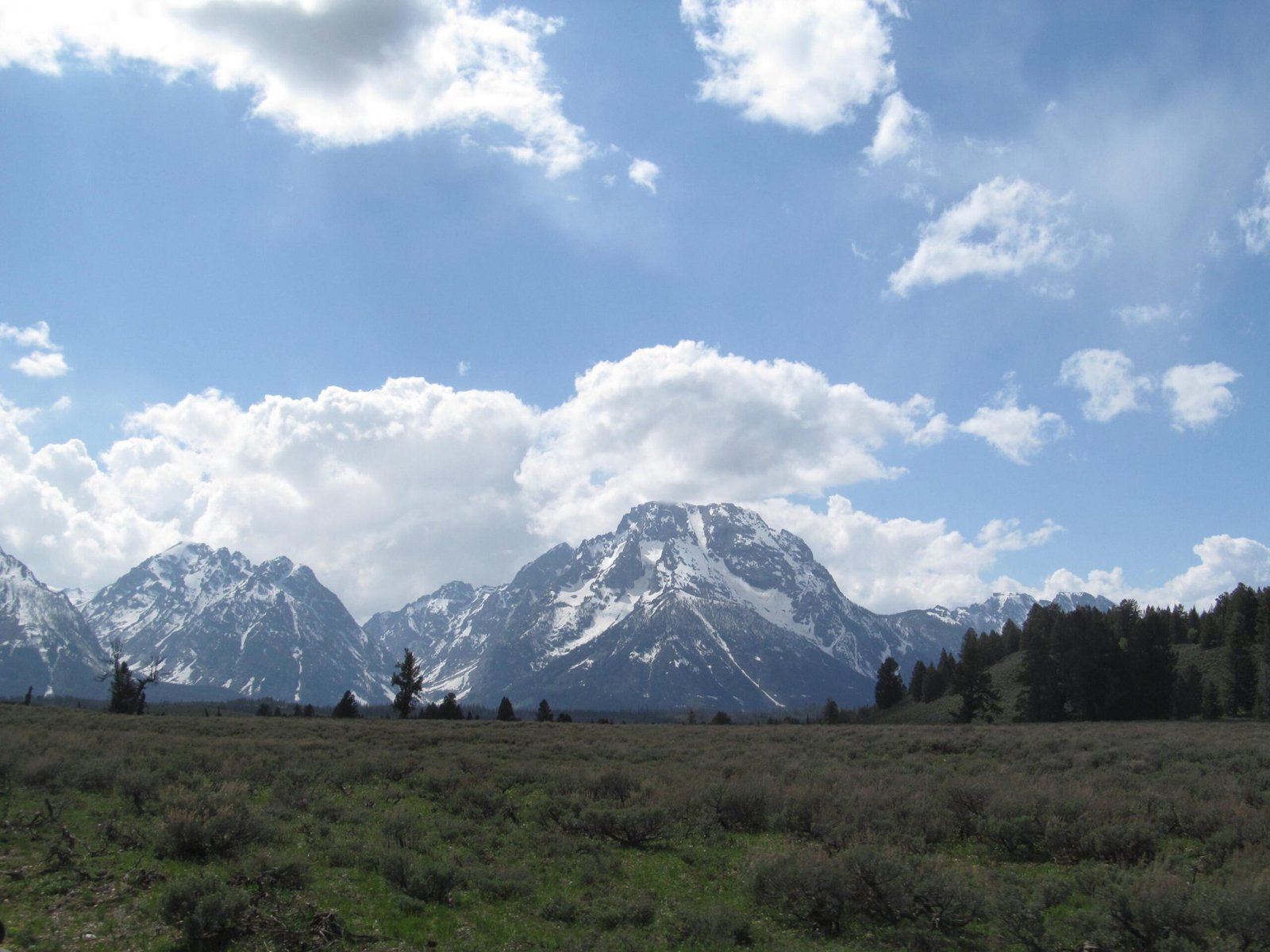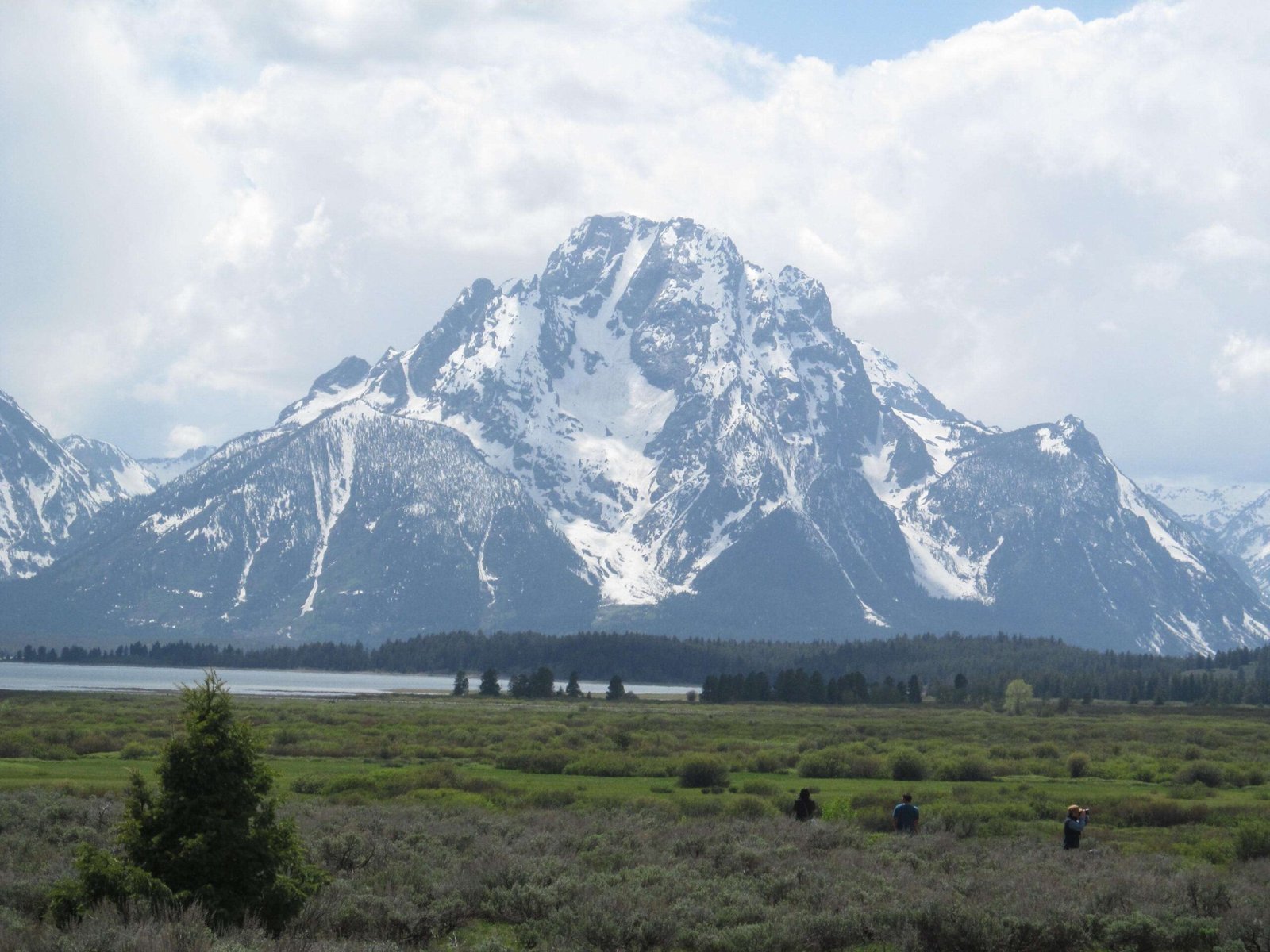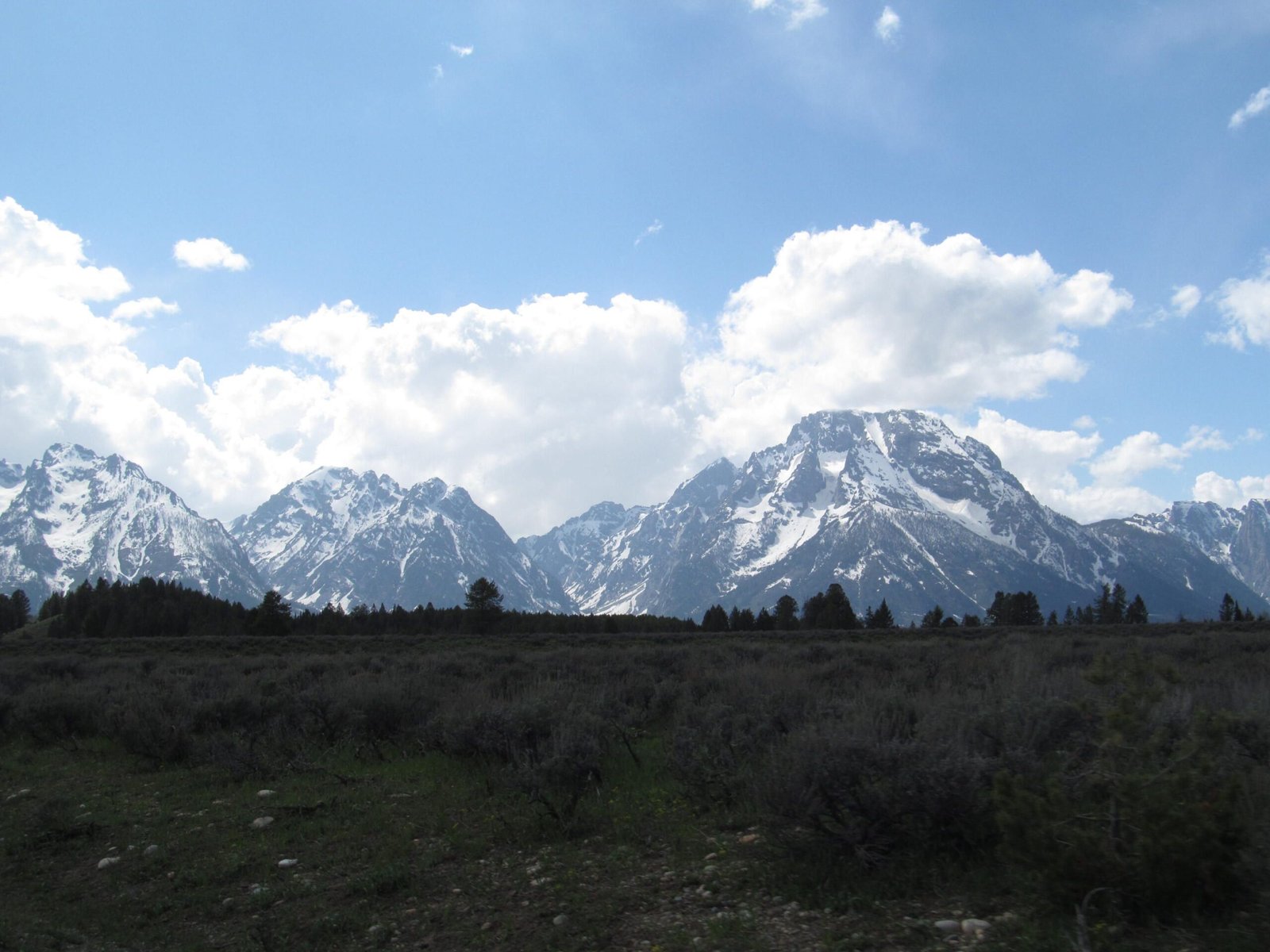Nestled within the breathtaking landscape of Grand Teton National Park, the ponds south of Jenny Lake represent a pristine wetland ecosystem teeming with biodiversity. These secluded water bodies, surrounded by dense willow thickets and aspen groves, offer visitors an intimate glimpse into the park’s rich natural environment, providing critical habitat for moose, beavers, and numerous aquatic species.
What Makes the Ponds South of Jenny Lake Unique?

Where Are the Ponds Located?
The Moose Ponds are strategically positioned near the southern end of Jenny Lake, forming part of a complex wetland system within Grand Teton National Park. Their precise location offers visitors an exceptional opportunity to explore a less-traveled area of this iconic national park.
| Location Feature | Description |
|---|---|
| Proximity to Jenny Lake | Immediately south of the lake |
| Terrain | Wetland ecosystem with willow thickets |
| Accessibility | Moderate hiking trail from Jenny Lake Trailhead |
What Wildlife Can Visitors Observe?
Visitors to the ponds can expect remarkable wildlife viewing opportunities:
- Moose Habitat: Prime location for observing moose in their natural environment
- Beaver Activity: Evidence of active beaver populations, including lodges and downed trees
- Bird Species: Potential sightings of waterfowl and migratory birds
- Aquatic Ecosystem: Rich biodiversity supporting multiple species
How Can Visitors Access the Ponds?
Trail Details
- Trailhead: Jenny Lake Trailhead
- Trail Length: Approximately 2.7 miles round trip
- Elevation Gain: 195 feet
- Difficulty: Easy to moderate
- Terrain: Mixed – dirt paths, some root and rock obstacles
What Preparation is Necessary?
Essential preparation for visiting the ponds includes:
- Check current park conditions
- Bring appropriate hiking gear
- Carry water and snacks
- Wear sturdy hiking shoes
- Bring binoculars for wildlife viewing
- Follow Leave No Trace principles
Are There Any Photography Opportunities?
The ponds offer exceptional photography potential:
- Landscape compositions featuring Teton mountain range
- Wildlife photography opportunities
- Seasonal variations in vegetation and water reflections
- Early morning and late evening light conditions
What Conservation Efforts Protect These Ponds?
Grand Teton National Park maintains strict conservation protocols:
- Habitat preservation
- Limited human intervention
- Monitoring of wildlife populations
- Restoration of natural ecological processes
When is the Best Time to Visit?
| Season | Wildlife Activity | Landscape Characteristics |
|---|---|---|
| Spring | High wildlife movement | Emerging vegetation |
| Summer | Peak wildlife visibility | Lush green landscape |
| Fall | Migration patterns | Changing foliage colors |
| Winter | Limited wildlife | Snow-covered terrain |
What Should Visitors Know Before Exploring?
- Obtain park entrance permit
- Check current trail conditions
- Maintain safe distance from wildlife
- Carry bear spray
- Inform park rangers of your hiking plans
Conclusion

The ponds south of Jenny Lake offer an extraordinary window into Grand Teton National Park’s complex ecosystem, providing visitors with an immersive natural experience that goes beyond typical tourist attractions.

